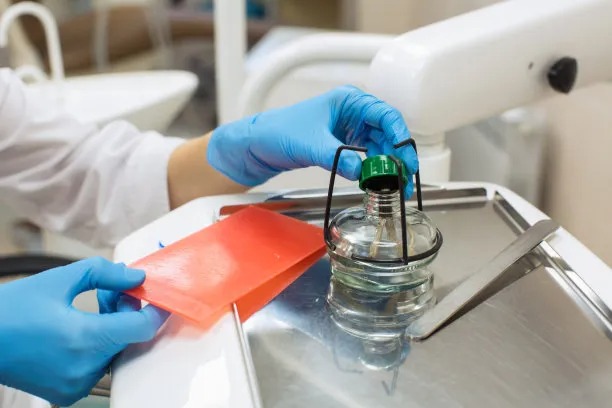Essential Precautions to Ensure a Successful and Pain-Free Root Canal Treatment Experience
Summary: Root canal treatment can often invoke anxiety and fear due to misconceptions about pain and complications. However, with the right precautions and preparatory steps, patients can ensure a successful and pain-free experience. This article outlines essential precautions covering proper communication with your dentist, understanding the procedure, utilizing effective pain management strategies, and ensuring post-treatment care. By prioritizing these elements, patients can diminish their fears and enhance the outcome of their root canal treatment. With the right information, patients can approach their dental care with confidence and ease.
1. Importance of Communication with Your Dentist

Establishing clear communication with your dentist is crucial before undergoing a root canal treatment. Many patients enter dental offices with preconceived notions about the procedure that may not reflect reality. Encouraging open dialogue allows you to discuss your concerns, expectations, and any previous negative experiences. This information is vital for the dentist to tailor their approach to your specific needs.
A thorough discussion about what to expect during the procedure can alleviate anxiety. Dentists can explain the steps involved in a root canal treatment, such as X-rays, anesthesia, cleaning, and sealing the canals. Understanding these aspects helps demystify the process and prepares you mentally, leading to a more relaxed experience.
Furthermore, patients should discuss any medical history or allergies that could impact their treatment. Be open about medications youre taking, as this may affect choices regarding anesthesia or pain management options. Communication is key to a personalized and effective treatment plan that prioritizes your comfort and health.
2. Understanding the Root Canal Procedure
A comprehensive understanding of the root canal procedure can significantly reduce apprehension. Root canal therapy is designed to alleviate pain caused by infection or damage to the tooths pulp. Educating yourself about the procedure helps demystify any fears. You can ask your dentist for visual aids, such as diagrams or videos, to further enhance your understanding.
The procedure usually involves removing the infected or inflamed pulp, cleaning the interior of the tooth, and sealing it to prevent future infections. Patients should know that with modern technology and techniques, root canals are typically completed in one or two visits. Knowing the duration of the procedure can help set realistic expectations.
Moreover, understanding the reasons for a root canal, including how it helps to save a tooth that might otherwise need to be extracted, can foster a positive outlook. The benefits of preserving natural teeth far outweigh the slight discomfort of the procedure itself, showcasing the value of dental health care.
3. Effective Pain Management Strategies
Pain management is a fundamental aspect of ensuring a successful root canal experience. Dentists utilize various anesthesia options to ensure that the procedure is as pain-free as possible. The injection of a local anesthetic can numb the tooth and surrounding tissues, effectively minimizing discomfort during the procedure.
In addition to local anesthesia, patients can also consider discussing sedation options with their dentist. Sedation dentistry has come a long way, and there are options ranging from nitrous oxide (laughing gas) to oral sedatives. These can help patients feel more relaxed and at ease during the procedure while still allowing them to remain conscious.
Post-procedure pain management is equally essential. Many dentists provide patients with recommendations on over-the-counter pain relievers or may prescribe medications for discomfort. Following the dentists instructions regarding aftercare and taking prescribed medications can help ensure a smooth recovery and minimize any pain following the treatment.
4. Ensuring Post-Treatment Care
Post-treatment care plays a significant role in the overall success and comfort of your root canal procedure. Following the dentists aftercare instructions can prevent complications and promote healing. For instance, patients are often advised to avoid hard or chewy foods for a period following the treatment.
Maintaining good oral hygiene practices post-treatment is crucial. This includes gently brushing and flossing the treated area to keep it clean and free of plaque buildup. Regular follow-up visits to your dentist can help monitor the healing process and address any potential concerns before they develop into more significant issues.
Patients should also be vigilant for any signs of complications, such as increased pain, swelling, or changes in the tooths appearance. Reporting these concerns promptly to your dentist can facilitate swift interventions, ensuring a smooth recovery. Ultimately, understanding the importance of diligent aftercare can greatly enhance the overall outcome of the root canal treatment.
Summary:
In summary, to ensure a successful and pain-free root canal treatment experience, patients should focus on essential precautions such as open communication with their dentist, a thorough understanding of the procedure, effective pain management strategies, and committed post-treatment care. By prioritizing these aspects, patients can significantly improve their experience and outcomes in dental care.
This article is compiled by Vickong Dental and the content is for reference only



